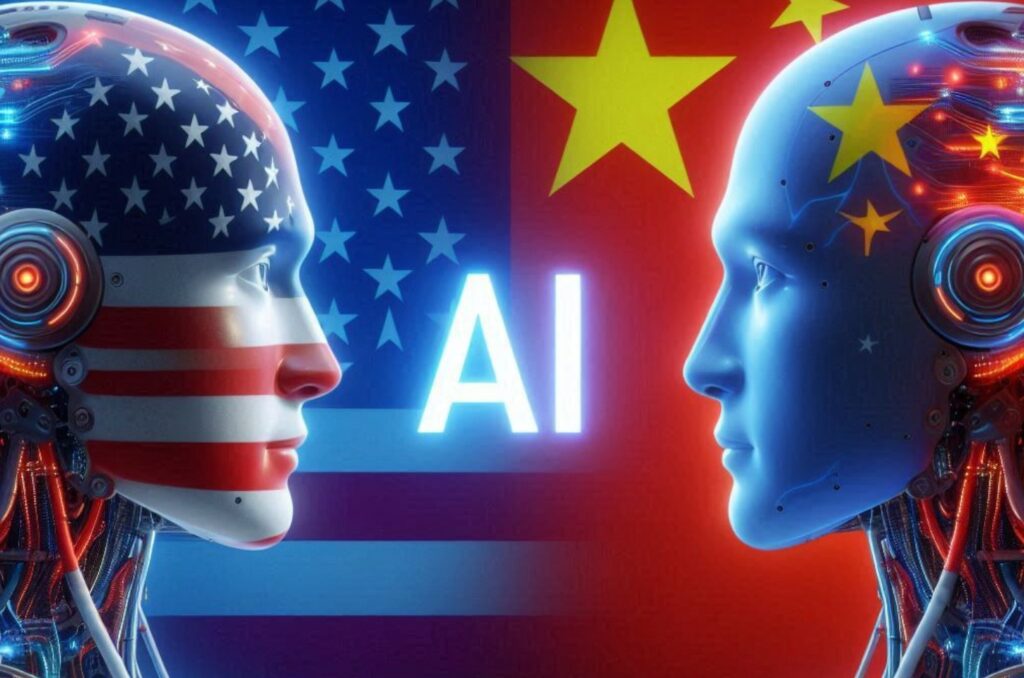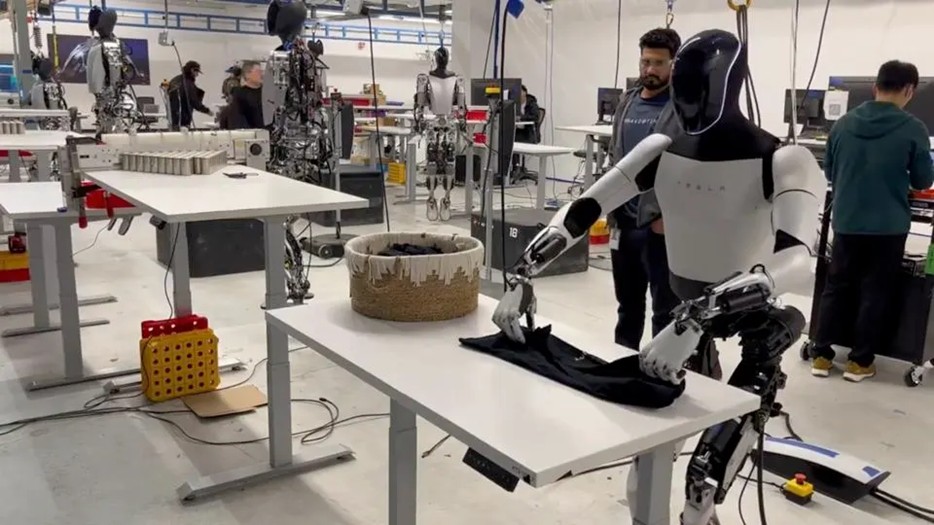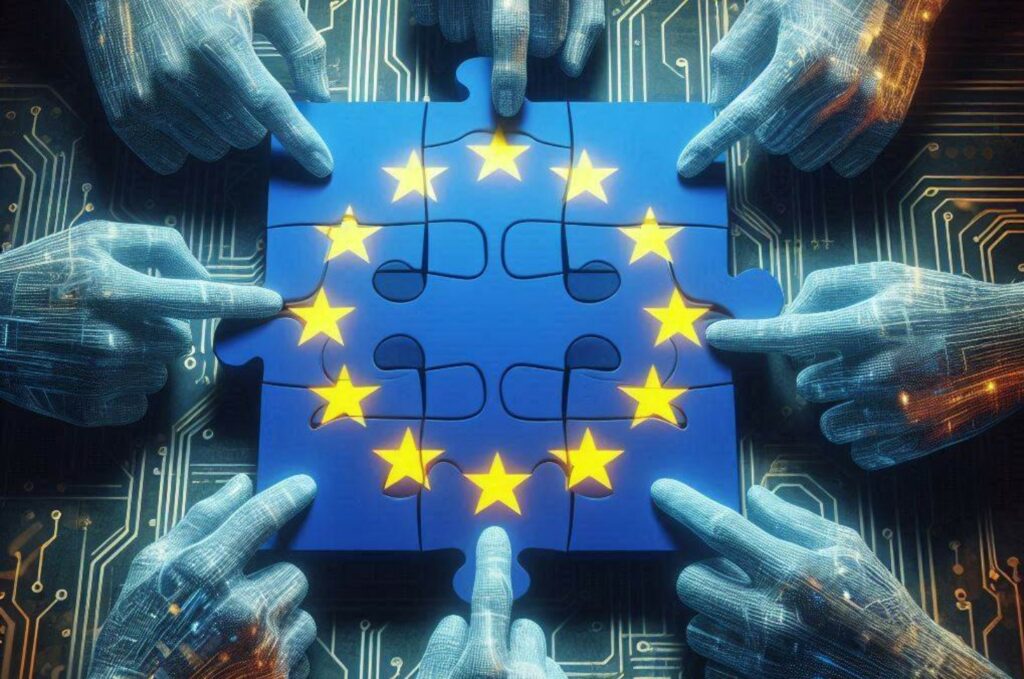
In recent years, global competition in AI has reached unprecedented levels, driven by massive investments: United States, China, and European Unionrespectively plan to invest billions of dollars to be first to innovate in this competitive and highly focused science. This enormous influx of capital reflects the growing awareness of the strategic role of AI in future economic, industrial, and technological development.
At the 2025 World Conference on Artificial Intelligence, we saw a concrete preview of this revolution: combat robots that move nimbly in the ring, flying electric vehicles to combat urban congestion, autonomous taxis and L4 buses, and even pets equipped with emotional AI. More than 800 companies exhibited over 3,000 innovative products, demonstrating how AI is increasingly permeating everyday life.
The automotive sector attracted particular attention thanks to the integration of large-scale AI models with intelligent driving systems and futuristic cockpits. Augmented reality has also amazed the public, thanks to innovative glasses and features that enrich the visual experience, suggesting how these technologies will transform the way we live, work, and communicate.
According to expert Xiang Ligang, China stands out for an approach that combines algorithms, computing power, and modeling, aiming to transform the potential of AI into practical applications. A rapidly growing sector is humanoid robotics, where robots capable of somersaulting or serving coffee have been demonstrated, demonstrating remarkable advances in motor and interactive skills.
The president of the Zhongguancun Zhiyong Research Institute, Sun Mingjun, emphasized how Chinese companies are focusing on concrete applications, such as text generation, copywriting, and video production, as well as the use of AI in medicine to solve specific problems. The Chinese strategy aims to create an increasingly close link between research, industry, and everyday applications.
The number of AI researchers in China is rapidly increasing and approaching that of the United States, thanks to a constant focus on innovation in universities and startups. According to the “Global AI Talent Report 2024,” this growth is the result of a systematic commitment to training and research, which has already produced significant results such as DeepSeek.

Analysts predict that China could create a domestic AI market worth approximately $140 billion by 2030, driven by policies that favor Rapid implementation of intelligent models and robots. Although China still has room for improvement in areas such as mathematical theory and key components, it has already reached a globally competitive level in modeling and practical implementation capabilities.
In the United States, AI development received a new impetus with the inauguration of Trump, who revoked restrictive regulations and promoted initiatives such as the “Stargate” program and the “Artificial Intelligence Roadmap.” These policies aim to strengthen the American technology sector by creating infrastructure such as data centers and supporting research in strategic areas such as healthcare, energy, and transportation.
Furthermore, the White House—under pressure from the AI Lobby of big companies such as OpenAI, Google DeepMind, Anthropic, and Meta—recently launched a policy called “light touch regulation” with Executive Order 14179: a few rules to encourage experimentation, in the belief that technological leadership should prevail over ethical or security concerns.
In China, the government has introduced the concept of “AI Plus” to encourage the integration of artificial intelligence across all sectors. Thanks to investments ranging from supercomputers to servers, from cloud computing to language models, China has built a comprehensive supply chain that allows it to compete on equal terms with the United States and Europe. Supercomputers like Sunway TaihuLight and Tianhe-2 represent concrete examples of this strategy.

Europe continues to find itself in an awkward position: on the one hand it tries to protect On the other hand, citizens and markets, with increasingly stringent laws—such as the AI Act—are forming agreements and partnerships with the United States, though they have never been fully declared, fearing being left out of the global race for artificial intelligence. This fragile balance, however, risks penalizing those who should be driving innovation: European startups.
Regulations designed to “rein in” Big Tech often end up stifling small, innovative companies, which lack the resources to manage compliance, audits, and expanded responsibilities. Furthermore, remaining halfway between strict regulation and openness to Washington does not convince either investors or entrepreneurs, leaving the European ecosystem in a perpetual no-man’s land.

The paradox is that even the 200 billion euros announced for the development of AI risks turning into yet another flop if distributed in a fragmented way, with slow procedures and a bureaucracy that scares more than its competitors.
Because with a technology as fast as AI, Europe continues to want to control everything without truly driving anything: an approach that could once again cost it its ticket to the future.
The race for artificial intelligence today appears to be a new industrial revolution, capable of transforming radically change manufacturing processes, transportation, healthcare, and many other sectors. According to Sun Mingjun, failing to master AI would mean risking being left behind, as would have happened in the past to those who failed to exploit the steam engine. For this reason, the world views this challenge as a crucial step for its technological and economic future.
Follow us on Google News to receive daily updates on cybersecurity. Contact us if you would like to report news, insights or content for publication.
